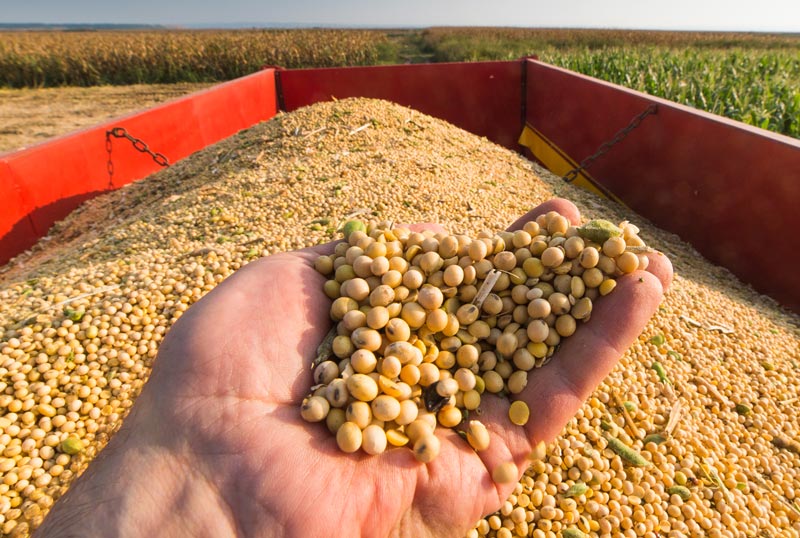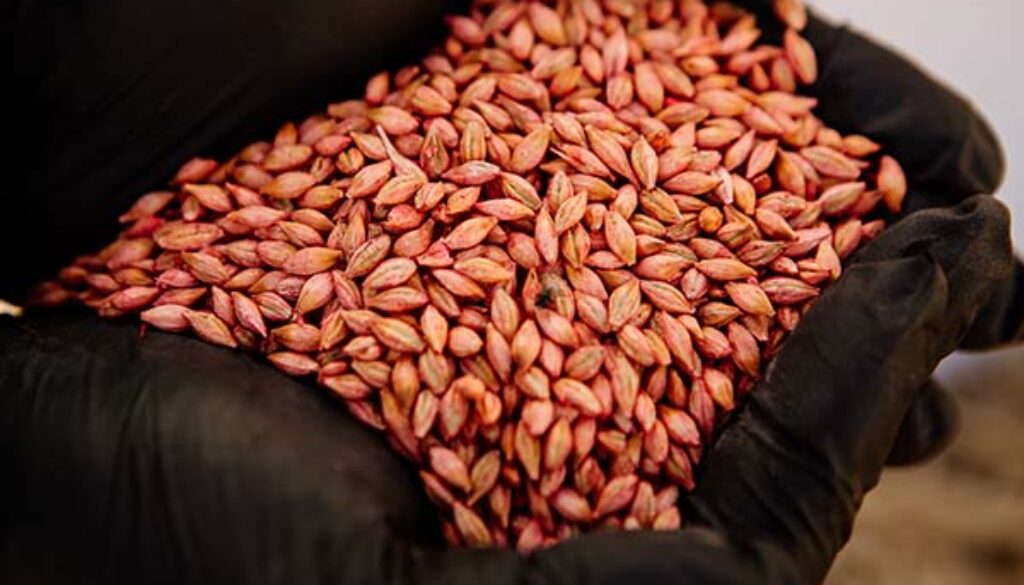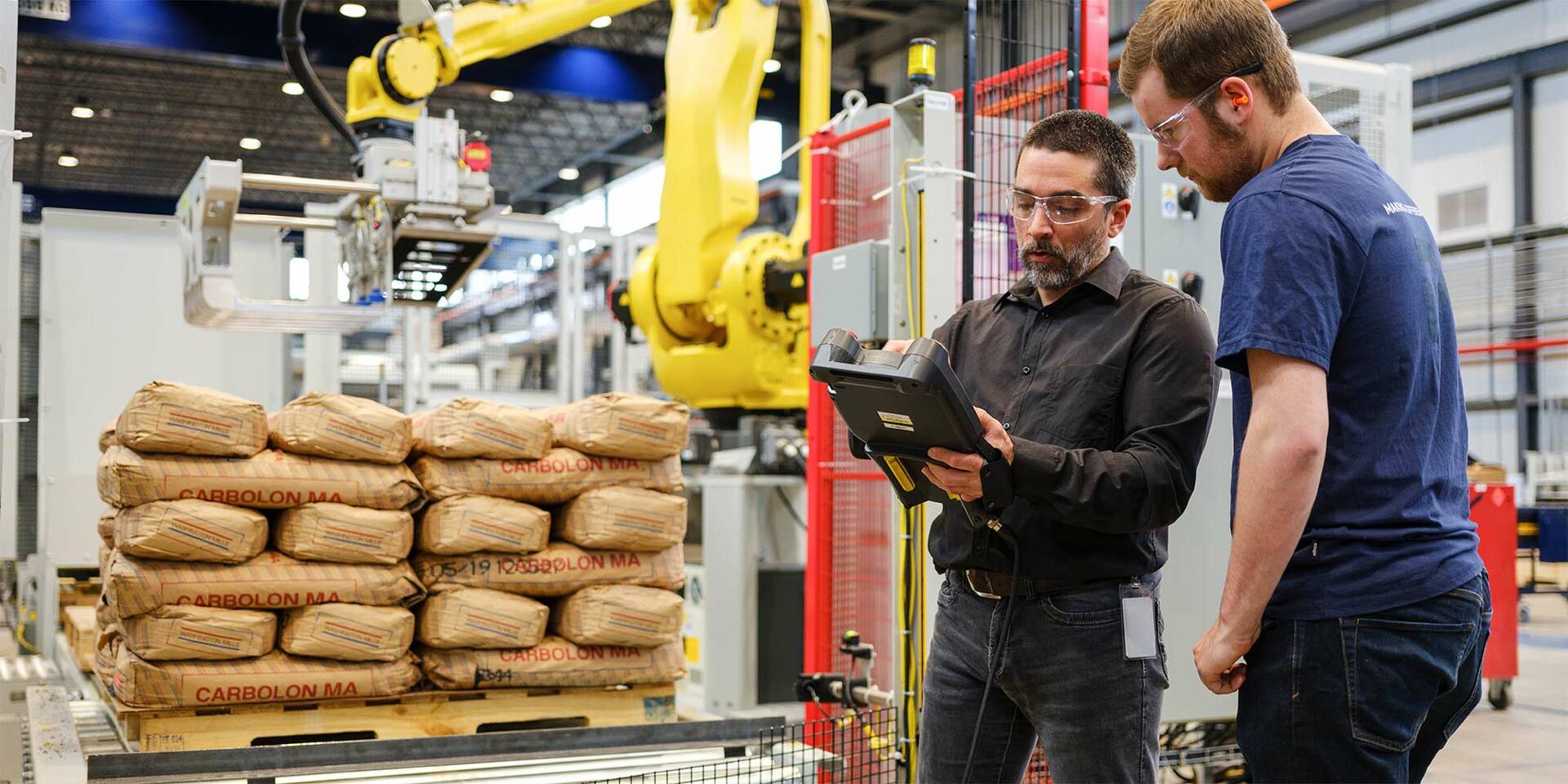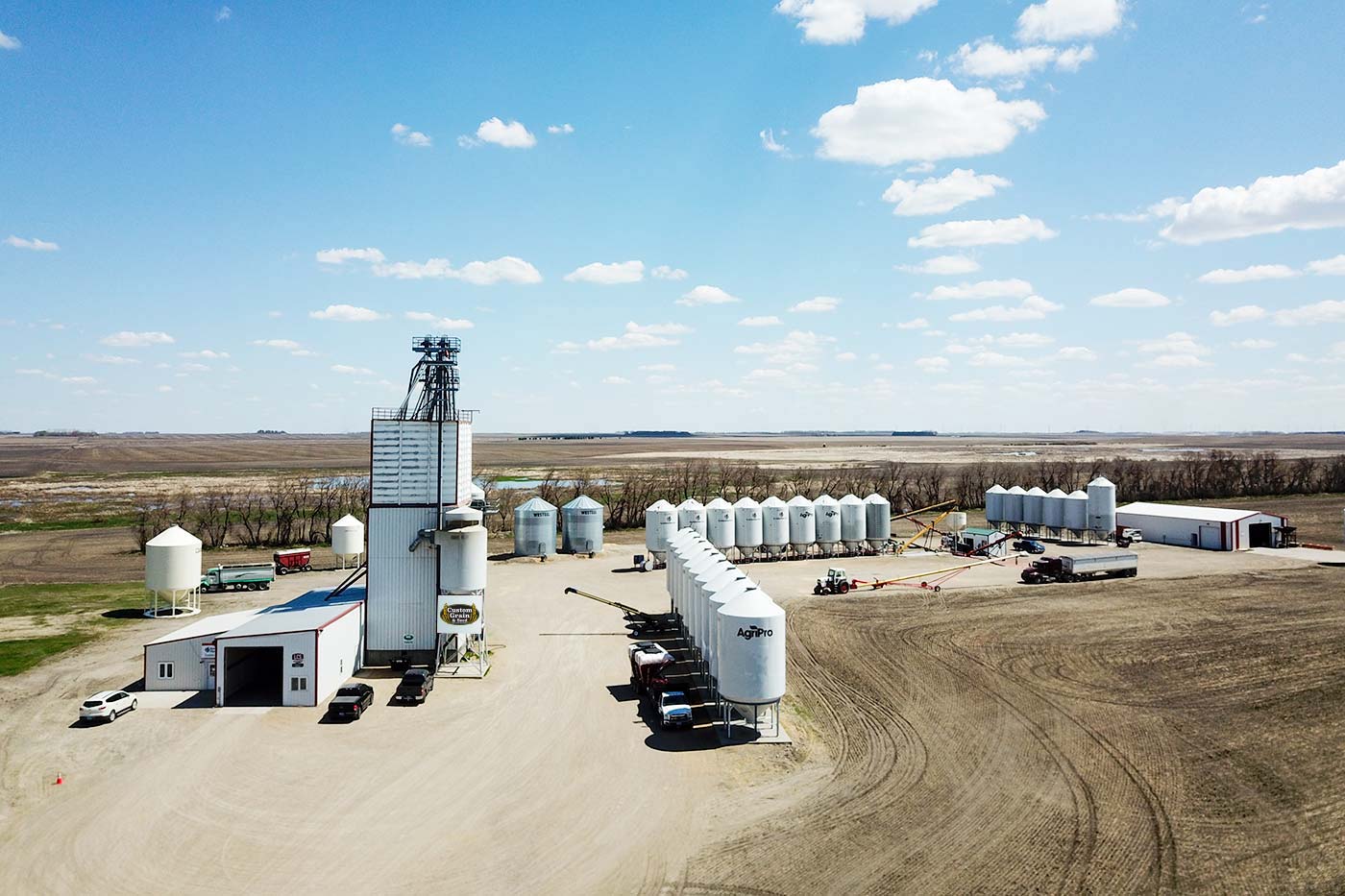Sustainability has become a driving force in modern agriculture, shaping how producers cultivate, distribute, and present their products. While most discussions focus on farming practices, one often overlooked aspect is packaging, which plays a crucial role in protecting seeds and reducing environmental impact. With solutions such as custom seed bagging services, producers now have the opportunity to adopt eco-friendly packaging that not only safeguards seed quality but also reduces waste. Sustainable seed packaging is no longer just a trend—it is vital for producers seeking long-term growth, a stronger brand image, and profitability in an increasingly eco-conscious market.
What is Sustainable Seed Packaging?

Defining Sustainable Packaging in Agriculture
In agriculture, packaging isn’t just about convenience—it directly affects seed preservation, germination rates, and distribution efficiency. Sustainable seed packaging is designed to serve these functions while reducing carbon emissions, conserving resources, and lowering waste output. It integrates principles of the circular economy, ensuring packaging can either return safely to nature or be reused within production cycles, rather than ending up in landfills.
Common Materials Used in Sustainable Seed Packaging
To achieve sustainability goals, producers are increasingly turning to innovative materials that balance durability with eco-friendliness. Some of the most widely adopted include:
-
Biodegradable Materials – Made from plant-based fibers such as cornstarch, sugarcane, or cassava, these materials break down naturally without leaving harmful residues.
-
Recyclable Paper and Cardboard – Strong, cost-effective, and widely accepted in recycling systems, these options are ideal for smaller seed packets.
-
Compostable Films – Designed to decompose in industrial or home composting systems, these films protect seeds while returning nutrients to the soil.
-
Reusable Cloth or Jute Bags – Durable fabric-based packaging can be reused multiple times, reducing the need for single-use plastics.
Each of these materials ensures seed protection while significantly lowering the overall environmental footprint compared to petroleum-based packaging.
How Sustainable Packaging Differs from Traditional Plastic Packaging
Traditional seed packaging often relies on single-use plastics, which, while effective at protecting seeds, contribute heavily to environmental pollution. Plastic takes hundreds of years to decompose and often releases toxic chemicals into the soil and water systems.
By contrast, sustainable packaging is designed with end-of-life considerations in mind. Instead of sitting in landfills or entering oceans, biodegradable and compostable packaging breaks down safely, while recyclable materials re-enter production cycles. Additionally, sustainable packaging frequently uses fewer resources during manufacturing, further lowering greenhouse gas emissions.
In short, while plastic may offer short-term cost savings, sustainable seed packaging provides long-term environmental, economic, and branding benefits.
Why Sustainable Packaging Matters in Agriculture

Environmental Impact
Reducing Plastic Waste
Traditional plastic packaging has been one of the largest contributors to agricultural waste. Single-use plastics not only take centuries to decompose but also contaminate soil and water, posing a direct threat to ecosystems. By switching to biodegradable, recyclable, or compostable materials, producers significantly reduce their contribution to plastic pollution. This change helps create a cleaner supply chain and aligns farming practices with global sustainability goals.
Lowering Carbon Footprint in Production and Transport
Sustainable seed packaging often uses lightweight, renewable materials that require less energy to produce and transport. For example, biodegradable films and recycled paper packaging have a smaller carbon footprint compared to petroleum-based plastics. In addition, eco-friendly materials can be sourced locally, cutting down on transportation emissions. For producers, this shift not only benefits the planet but also demonstrates environmental responsibility to consumers and partners.
Meeting Consumer Demand
Eco-Conscious Buyers Prefer Sustainable Brands
Today’s buyers are more informed and environmentally aware than ever before. A growing number of customers actively seek products packaged in eco-friendly materials, even when they cost slightly more. Producers who embrace sustainable seed packaging stand out in competitive markets by aligning their practices with consumer values. This not only builds customer loyalty but also opens opportunities to target premium, eco-conscious markets.
Rising Awareness of Sustainable Farming
Sustainability has become a key selling point in the agricultural sector. From retailers to end consumers, there is increasing recognition that farming practices extend beyond the field—and packaging plays a vital role in the perception of a brand’s commitment to the environment. By adopting sustainable seed packaging, producers reinforce their dedication to sustainable farming as a whole, strengthening brand image and consumer trust.
Compliance with Regulations
Governments Are Pushing for Eco-Friendly Packaging
Across the globe, governments are enacting stricter laws to limit the use of non-recyclable and single-use plastics. Regulations on agricultural packaging are expected to become more widespread, making compliance a necessity for producers. Early adoption of sustainable packaging helps avoid legal risks and disruptions in distribution channels.
Staying Ahead Ensures Long-Term Operations
Producers who proactively embrace eco-friendly packaging stay ahead of changing regulations, ensuring business continuity. This proactive approach not only avoids penalties and bans but also positions producers as industry leaders. By integrating sustainability early, producers can adapt more easily to future standards without incurring sudden costs or logistical challenges.
Benefits of Sustainable Seed Packaging for Producers

Better Product Preservation
Seeds are living organisms that require careful handling to maintain their viability. Packaging plays a direct role in preserving seed quality, germination rates, and shelf life.
-
Maintaining Seed Quality: Many eco-friendly materials such as compostable films and recyclable paper are designed to provide moisture control and protection from external contaminants. This ensures seeds remain viable until they reach the consumer.
-
Extending Shelf Life: Sustainable packaging solutions can be engineered with barrier properties that rival or even outperform conventional plastics. By maintaining freshness, they help reduce seed loss and waste during storage and distribution.
In short, eco-friendly packaging doesn’t just protect the environment—it protects the product itself.
Brand Image & Marketability
In today’s competitive agricultural market, image matters just as much as quality.
-
Improved Brand Trust: Eco-conscious buyers are more likely to trust and remain loyal to brands that demonstrate a genuine commitment to sustainability. Sustainable packaging acts as a visible symbol of that commitment.
-
Attracting Eco-Conscious Customers: As sustainability becomes a purchasing priority, producers with eco-friendly packaging can appeal to a growing segment of consumers who actively seek green solutions.
-
Opportunity for Premium Pricing: Studies show that many customers are willing to pay a premium for products packaged responsibly. Producers who invest in sustainable seed packaging can differentiate themselves and capture higher-value markets.
This not only drives sales but also positions the brand as an industry leader in sustainable agriculture.
Cost Efficiency in the Long Run
While the upfront costs of sustainable packaging may appear higher, the long-term benefits often outweigh the investment.
-
Reduced Waste Disposal Costs: Unlike traditional plastic waste, which requires expensive disposal or recycling processes, biodegradable and compostable packaging reduces waste management expenses.
-
Affordable Bulk Solutions: As demand for sustainable materials grows, large-scale production has made eco-friendly options increasingly cost-competitive. Producers can now access bulk packaging solutions at more affordable rates than ever before.
Ultimately, sustainable seed packaging provides long-term savings and operational efficiency.
Contribution to Circular Economy
Sustainability isn’t just about reducing harm—it’s about creating a positive cycle of reuse and renewal.
-
Reusable and Recyclable Options: Materials such as paper, cardboard, and cloth can be reused or recycled, reducing dependency on virgin raw materials.
-
Supporting a Closed-Loop System: By embracing recyclable and compostable solutions, producers help establish a circular economy where resources are continuously repurposed rather than discarded.
This transition supports not only individual businesses but also the broader agricultural ecosystem, making food systems more sustainable and resilient.
Challenges Producers Face in Switching to Sustainable Packaging

Higher Initial Costs
Switching to eco-friendly packaging often requires higher upfront investment compared to traditional plastic alternatives. Biodegradable films, compostable packaging, and recyclable materials can carry a premium price, especially in regions where supply is limited.
For small and mid-sized producers, these costs can create hesitation, as they worry about whether consumers will accept higher product prices. However, it’s important to view sustainable packaging as a long-term investment: lower waste management expenses, improved brand loyalty, and compliance with future regulations often offset the initial costs.
Limited Availability of Sustainable Materials
Another challenge lies in sourcing eco-friendly packaging at scale. While large corporations may have access to advanced materials and suppliers, smaller producers often face limited choices.
In some agricultural markets, recyclable or compostable materials may not yet be widely available, making procurement both costly and logistically challenging. This scarcity can slow down adoption, particularly in developing regions. To overcome this, producers can collaborate with packaging providers, invest in custom seed bagging services, or join cooperative networks to access sustainable materials more affordably.
Need for Awareness and Infrastructure
Even when sustainable packaging is available, adoption can be slowed by a lack of awareness and infrastructure.
-
Awareness Gaps: Some producers may not fully understand the long-term benefits of eco-friendly packaging, focusing only on immediate costs rather than brand reputation, consumer demand, and regulatory preparedness.
-
Infrastructure Challenges: Composting facilities, recycling systems, and supply chain support for sustainable packaging are not equally developed in all regions. Without proper disposal systems, even eco-friendly packaging may fail to reach its potential impact.
This highlights the importance of education and industry collaboration. By raising awareness and working alongside governments, distributors, and consumers, producers can build a supportive ecosystem that makes sustainable packaging more viable.
Conclusion
Sustainable seed packaging is no longer an optional choice—it is a necessity for producers who want to remain competitive in a rapidly evolving agricultural market. Beyond its environmental value, eco-friendly packaging safeguards seed quality, strengthens brand trust, and positions producers to meet the rising expectations of both consumers and regulators. By making the shift now, producers gain the dual benefits of protecting the planet and securing long-term business growth. From reducing plastic waste and lowering carbon footprints to improving marketability and cost efficiency, the advantages are clear.
FAQs
1. Why is sustainable seed packaging important for producers?
Sustainable seed packaging helps producers reduce plastic waste, lower their carbon footprint, and preserve seed quality. It also boosts brand reputation, meets consumer demand for eco-friendly products, and ensures compliance with growing environmental regulations.
2. What materials are used in sustainable seed packaging?
Common materials include biodegradable films, compostable plastics, recyclable paper, cardboard, and reusable cloth or jute bags. These materials protect seeds effectively while minimizing environmental impact.
3. Does sustainable seed packaging cost more than traditional packaging?
Initially, eco-friendly packaging may cost more than conventional plastic options. However, producers often save money in the long run through reduced waste management costs, improved marketability, and growing affordability of sustainable materials when purchased in bulk.
4. How does sustainable seed packaging benefit consumers?
For consumers, sustainable packaging ensures seed freshness, safety, and quality. It also gives eco-conscious buyers confidence that they are supporting environmentally responsible producers, aligning with their values and lifestyle choices.
5. What is the future of seed packaging in agriculture?
The future of seed packaging lies in innovations like biodegradable films, smart packaging with traceability features, refill models, and the adoption of sustainability certifications. These advancements will make packaging both eco-friendly and more functional for producers and consumers alike.


